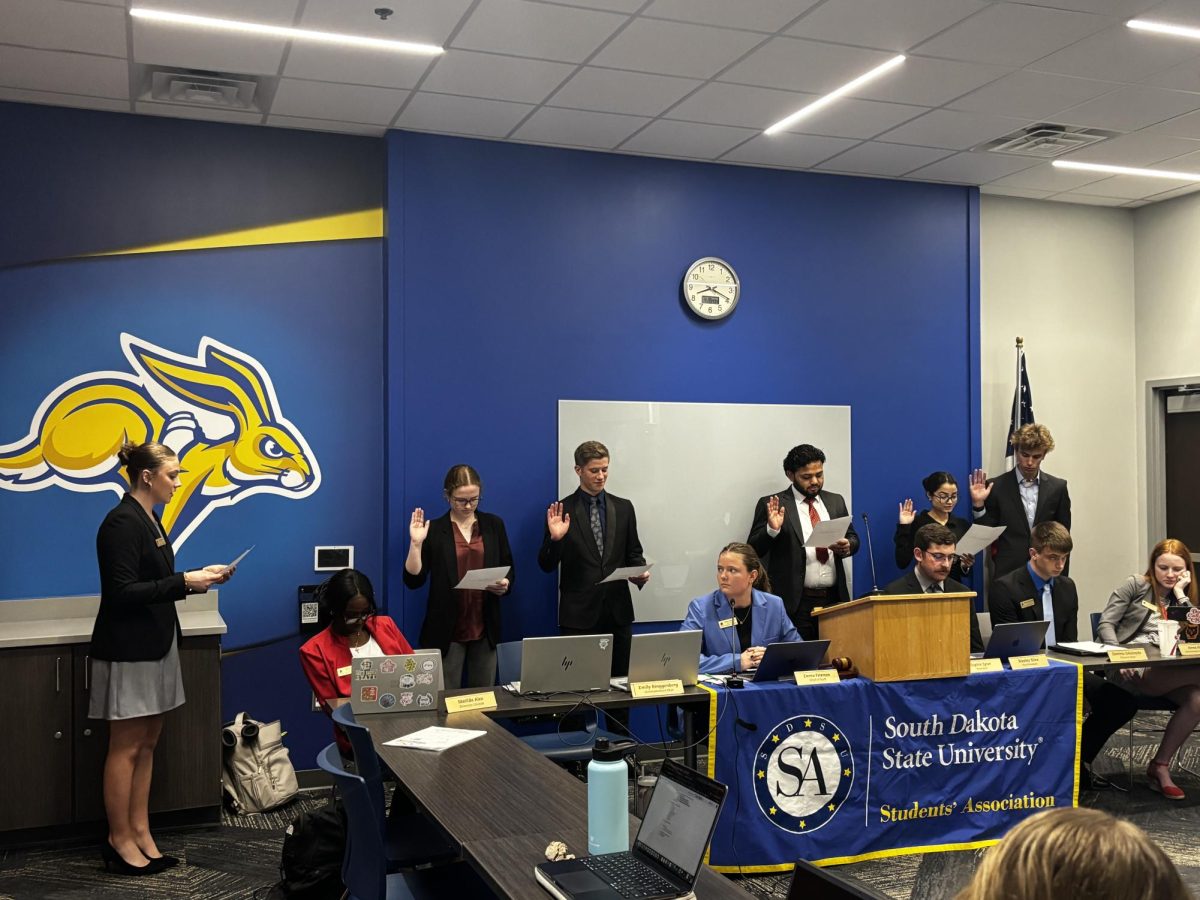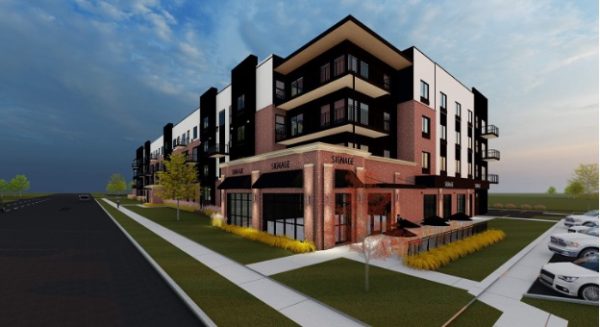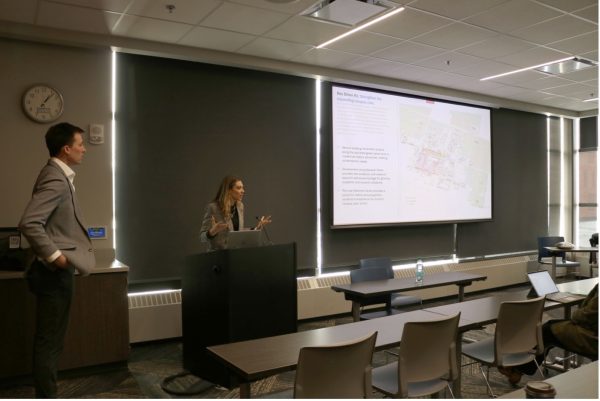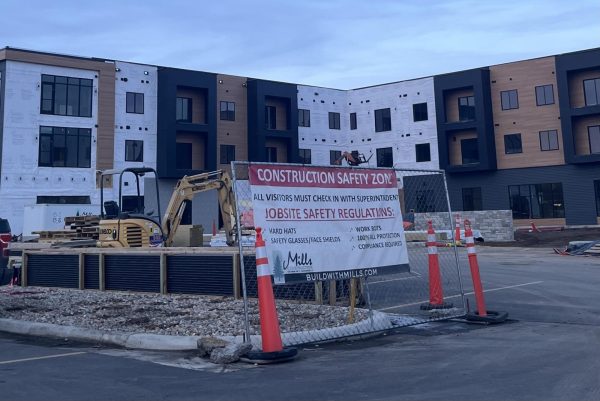Victims have a variety of options
September 25, 2012
The Centers for Disease Control and Prevention have released reports that 1 in 4 women will be a victim of sexual assault while she is in college and 1 in 6 will be a victim in their lifetime.
Rape is a serious problem that exists in every community. The Eastern Plains Sexual Assault Response Team was established to provide comprehensive assistance to victims of sexual assault in the region.
The organization consists of the SDSU Police Department, Brookings County Police, Brookings County Sheriff’s Office, Kingsbury County Sheriff’s Office, Hamlin County Sheriff’s Office, the Brookings Health System and the Brookings Domestic Abuse Shelter.
With all of these organizations in place to help victims of sexual assault, Detective Cora Olson is the go-to woman on the SDSU campus.
Known across many groups on campus as the woman who teaches the STOP Violence Against Women class sponsored by the National Self-Defense Institute, Olson is also the investigator on campus who most often deals with reports of sexual assault.
“Even though the first responder will be a UPD officer, they will usually call me in to talk to the victim and to start the investigation,” she said.
Every case in a sexual assault situation is different. There are many different factors that influence the investigation, and a sexual assault can be anything from rape to harassment.
“There are many options for the victim when they report the sexual assault, but we listen to their story first and foremost,” Olson said. “We offer them medical attention and collect as much information as we can, and we collect evidence as well, with their permission.”
Even if the victim allows evidence to be collected, they do not have to file a formal report. Many women choose not to file a formal report, especially if the attacker is someone they know. According to the Rape, Abuse and Incest National Network, two-thirds of assaults are committed by people known to the victim, and 38 percent of attackers are a friend or an acquaintance of the victim.
RAINN reports that more than half of sexual assaults are not reported to the police, and 97 percent of rapists will never spend a day in jail.
“The most important thing is that (victims)know all of their options, and the Victim and Witness Assistance Association requires that we tell them the rights outlined by the association,” Olson said. “There are more options if they file a police report, though.”
Sometimes the court system doesn’t come into play because a victim chooses not to file a formal report. Even then the SDSUPD can still do plenty to help. Counseling services can be offered, and individual cases can be discussed with Student Affairs and Residential Life.
“We work well with Student Affairs and (Residential Life), especially dealing with cases of harassment,” Olson said. “Harassment cases can become more complicated because they have to see the person over and over again. The jump-out-of-the-bushes attacker is rare, and you never know if you have a victim in your class or on your floor.”
Due to the secrecy prevalent among victims of sexual assault and harassment, SDSUPD also provides education on how to be a victim’s advocate, not only as a person but also as a friend.
“In my experience, sometimes a person’s friend can do more damage than good for a victim,” Olson said. “More education on how to be a victim’s advocate and how to be more understanding is a goal we strive for on campus.
“Sexual assault or stalking or domestic abuse are all some of the most complicated crimes. We have so many resources to help the victims of these horrible crimes, and many women choose not to pursue help because of a negative impression of law enforcement in these cases.”





















